Dogs being clingy isn’t just about needing attention—it’s wired into their DNA. As pack animals, dogs thrive on connection and closeness, seeing their humans as part of their “family unit.” Unlike cats, who evolved as more solitary hunters, dogs rely on social bonds for security and emotional comfort. They often follow you from room to room, not out of boredom, but because it’s their way of showing love and loyalty. Some breeds are especially velcro-like, craving constant contact. While it can sometimes feel overwhelming, that clinginess is often a sign of deep trust. So if your dog’s always by your side, take it as the highest compliment!
The Deep Roots of Dog-Human Attachment
Dogs didn’t just wake up one day and decide to be our best friends. Their clinginess goes all the way back to when wolves first started hanging around human campsites, thousands of years ago. Early dogs learned that sticking close to people meant more food, warmth, and safety. Over countless generations, the dogs that stayed closest to humans were the ones that thrived. This natural selection shaped their very DNA, making them hardwired to seek out and stick by our side.
Even today, you can see traces of this ancient bond every time your dog curls up next to you. They watch our faces, listen for our voices, and even pick up on our moods. This isn’t just loyalty—it’s a deep-seated survival skill. Unlike cats, who kept their independence even as they began living with people, dogs threw everything into their relationship with us. Their history is written in the way they look at us, always searching for connection and reassurance.
Pack Mentality: Born to Belong

Dogs are natural pack animals. In the wild, wolves rely on their pack for everything: hunting, protection, and even just comfort. This instinct didn’t vanish when dogs became domesticated—it just shifted to include humans as their new “pack.” Your dog isn’t just being needy when they follow you from room to room; they’re doing what comes naturally to them. Being close to their pack leader—you—is their way of feeling safe and secure.
Cats, on the other hand, are solitary hunters by nature. They don’t need the same level of companionship to survive. That’s why they’re more likely to slip away for a nap on their own, while your dog is practically glued to your side. For dogs, being alone can feel almost unnatural, like something important is missing. This pack mentality is a huge reason why dogs are so much more clingy than cats.
Emotional Intelligence: Dogs Feel What We Feel
Dogs are incredibly in tune with human emotions. Scientists have found that dogs can read our facial expressions, sense our moods, and even respond to our stress or sadness. When you’re feeling down, your dog might snuggle up close, trying to comfort you in the only way they know how. This deep emotional connection is one of the reasons dogs are used as therapy animals—they’re experts at picking up on how we feel.
Cats, while also sensitive in their own way, don’t usually show the same level of emotional responsiveness. A cat might notice if you’re sad, but they’re just as likely to stay curled up in the sun. Dogs, on the other hand, feel compelled to be near us, to offer comfort and companionship. Their desire to be close isn’t just about their own needs—it’s their way of caring for us, too.
Imprinting and Early Socialization
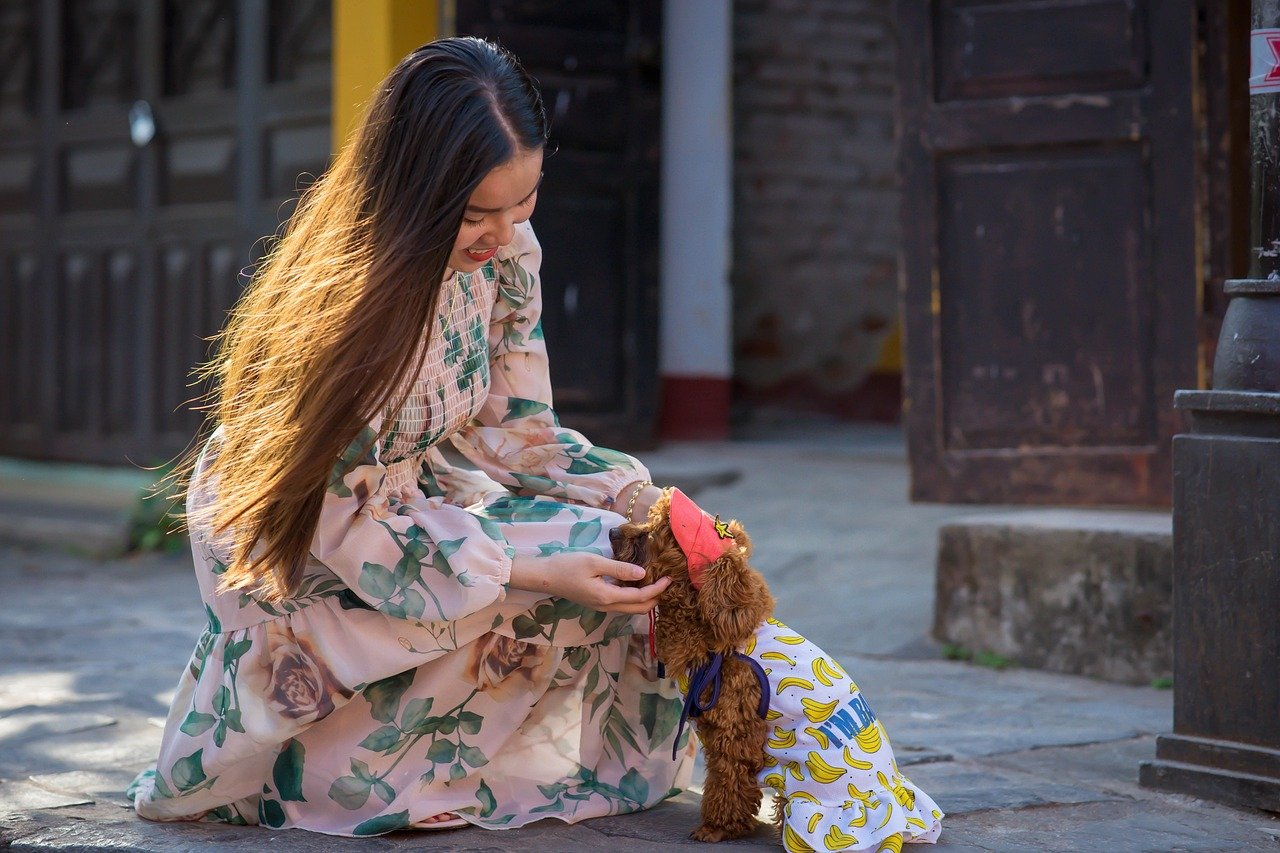
The way a puppy is raised can have a huge impact on how clingy they become as adults. If puppies are given lots of love, attention, and positive experiences with people during their early weeks, they’re more likely to form strong attachments to humans later on. This process, known as imprinting, helps shape a dog’s entire outlook on life.
Cats have a different approach. While early socialization is important for kittens, they don’t usually imprint on humans in the same way dogs do. Once a dog has bonded with their person, that connection is often unbreakable. This early bond helps explain why dogs become so attached and why their need for closeness can feel almost overwhelming at times.
Separation Anxiety: When Clinginess Goes Too Far
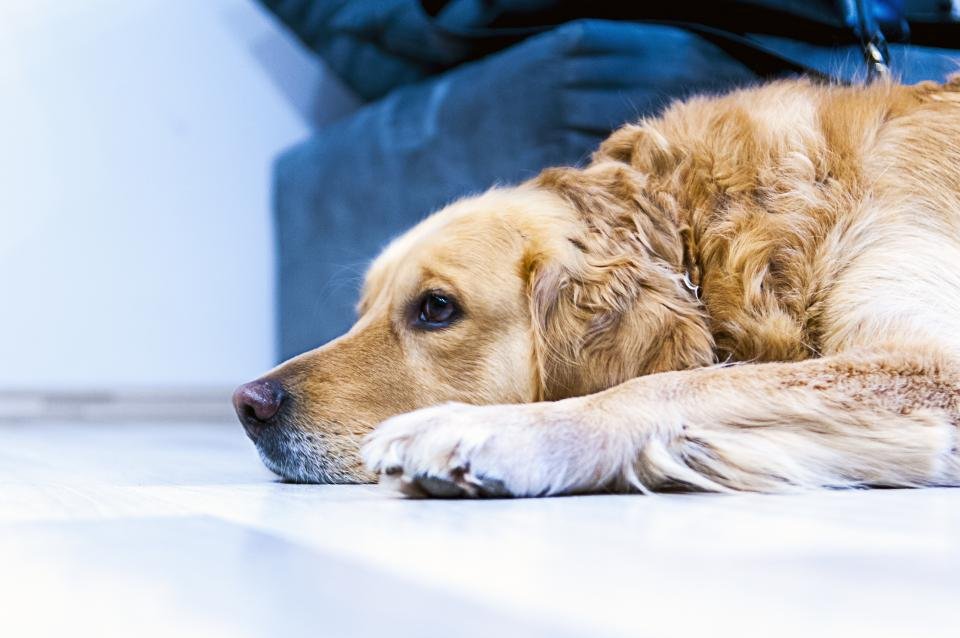
Sometimes, a dog’s devotion can tip over into anxiety. Many dogs experience separation anxiety when their favorite person leaves the house, even for just a few minutes. They might bark, whine, or even destroy things out of sheer panic. This isn’t bad behavior—it’s a sign of just how deeply your dog relies on your presence.
Cats, in contrast, rarely show this kind of distress when left alone. They’re more self-sufficient, able to entertain themselves or simply nap the day away. For dogs, being apart from their human pack can feel like the world has turned upside down. This difference in how each species handles alone time is another big reason dogs seem so much clingier.
The Power of Touch: Why Dogs Crave Physical Contact
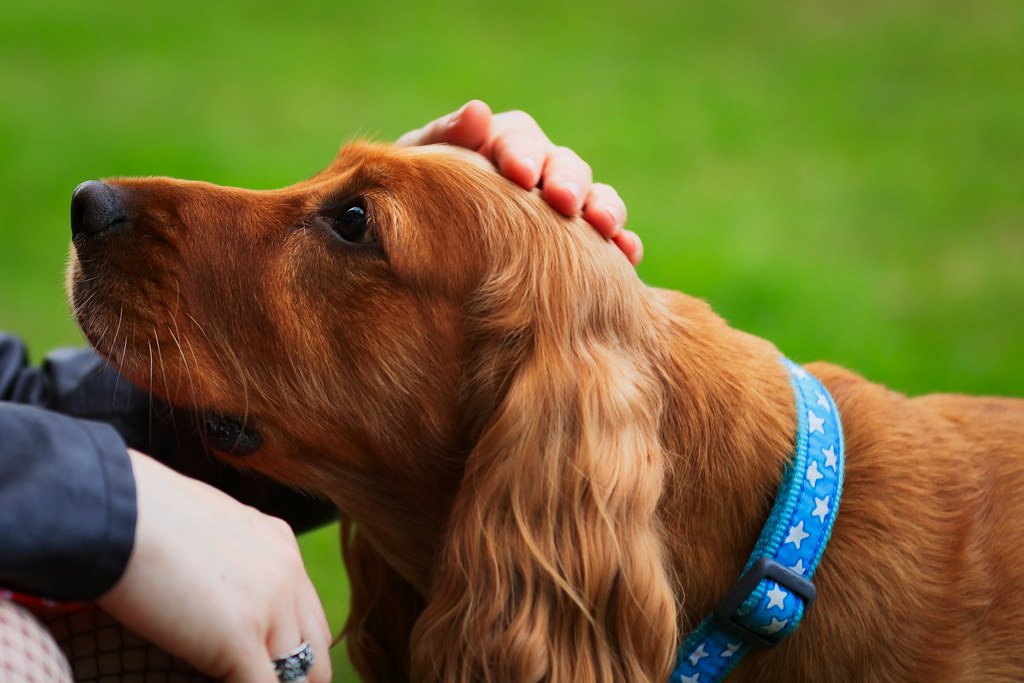
Have you ever noticed how much dogs love to be petted, hugged, or even just leaning against you? Physical touch is a huge part of how dogs communicate their love and loyalty. When you scratch your dog’s ears or let them snuggle up on your lap, you’re tapping into a powerful primal need for connection.
Cats can enjoy affection, too, but on their own terms. Some cats love to be petted, while others prefer to keep their distance. For dogs, touch is almost always welcome—and often, they’ll seek it out, pressing close until you can’t ignore them any longer. This constant search for physical closeness is a big reason dogs are so much clingier than their feline counterparts.
Dogs Look for Leadership and Guidance
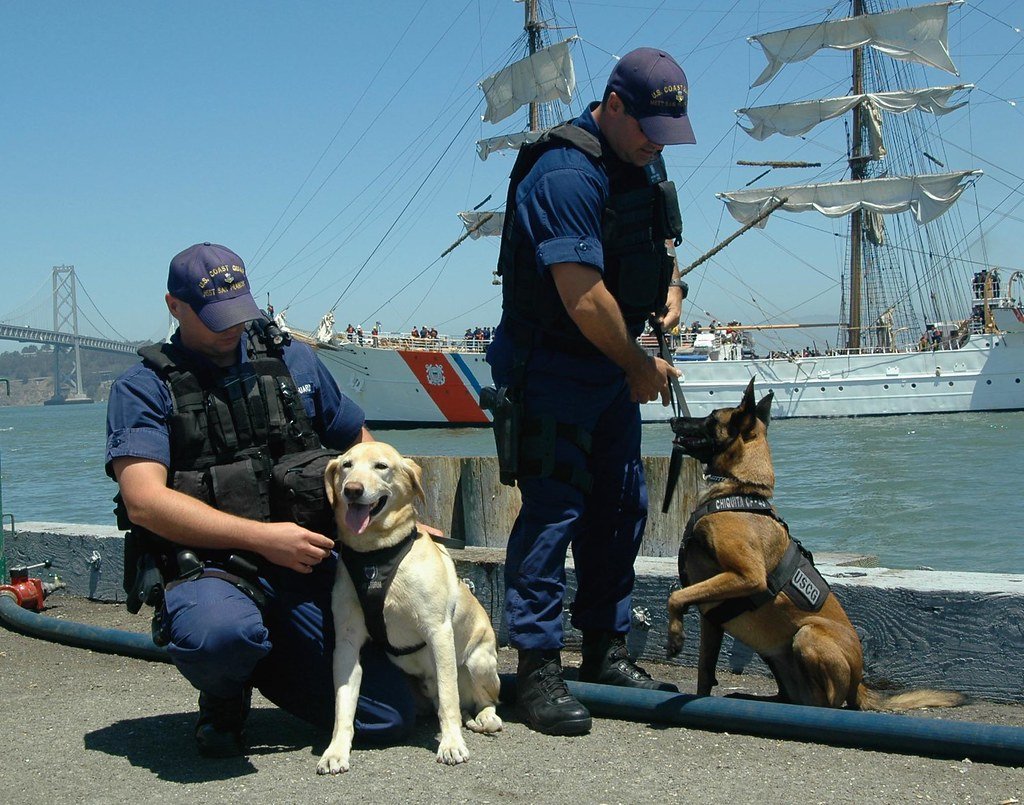
In a dog’s mind, every pack needs a leader. When they look at you, they see someone who provides direction, safety, and confidence. Dogs often stick close because they’re looking for signals on what to do next. This is especially true in new or unfamiliar situations, where your presence helps them feel secure.
Cats, meanwhile, are more self-directed. They don’t look to humans for leadership in the same way. Instead, they make their own decisions, weighing risks and rewards with quiet independence. A dog’s desire to be close isn’t just about affection—it’s also about seeking comfort in your authority and guidance.
Communication Styles: Dogs Are Open Books

Dogs wear their hearts on their sleeves. They bark, wag their tails, and use every part of their body to show how they feel. This openness makes their need for closeness hard to miss. When a dog wants your attention, you know it instantly—they’re right there, staring, pawing, or even nudging your hand.
Cats, on the other hand, are masters of subtlety. Their body language is more reserved, and their signals can be easy to miss unless you know what to look for. While cats might quietly sit beside you, dogs make their longing for attention impossible to ignore. This difference in communication is one more reason dogs seem so much clingier.
Genetic Differences: It’s in Their DNA
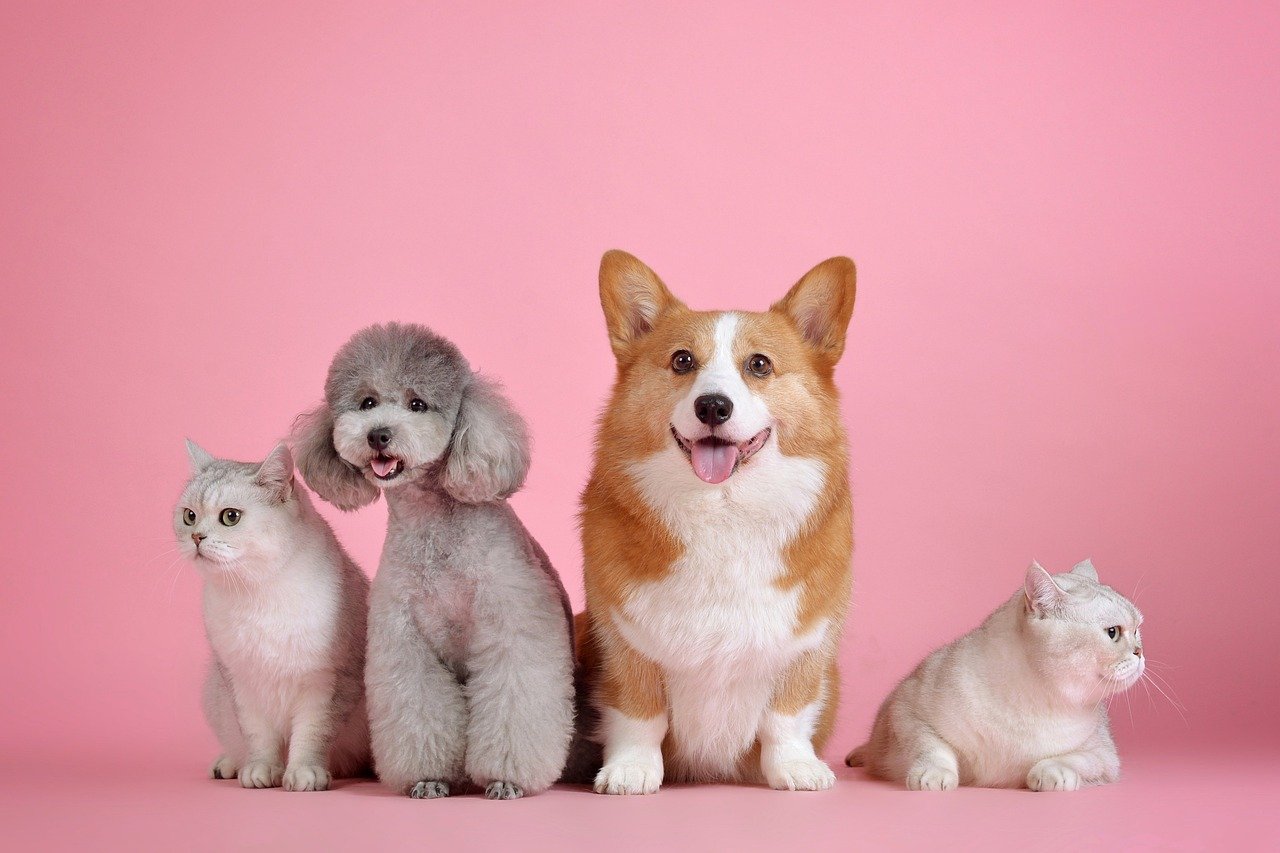
Science has shown that dogs and cats are simply wired differently. Evolution has shaped dogs to be social animals, dependent on their pack (now humans) for survival and happiness. Their brains produce more of the chemicals that drive social bonding, like oxytocin—the same hormone that helps mothers bond with their babies.
Cats, while capable of forming strong bonds, haven’t been shaped by evolution in the same way. They’re more independent, both by nature and by design. This genetic difference means that even the most affectionate cat is unlikely to match the level of clinginess you’ll see in the average dog.
Breed and Personality: Not All Dogs Are Alike
It’s important to remember that not every dog is equally clingy. Some breeds, like Labrador Retrievers and Cavalier King Charles Spaniels, are famous for their devotion. Others, like Huskies or Shiba Inus, can be more independent. Even within the same breed, individual dogs can have wildly different personalities.
The same is true for cats—some are downright cuddly, while others are aloof. But overall, the range of clinginess in dogs generally runs much higher. If you’ve ever known a “velcro dog,” you know just how intense that bond can be. Breed and personality both play a part, but the general trend is clear: most dogs crave closeness in a way cats rarely do.
Training and Reinforcement: What We Encourage
Sometimes, we unknowingly train our dogs to be clingy. When a dog follows us, we often reward them with attention, treats, or affection. This positive reinforcement encourages them to stick even closer. Dogs are quick learners—they figure out what makes us happy and do more of it.
Cats don’t respond to training in quite the same way. They’re more likely to do their own thing, regardless of rewards. If you want a less clingy dog, you can gradually teach them to be comfortable spending time alone. But for many of us, the attention and affection are part of what we love most about our dogs.
Living Arrangements: Home Life Matters

The way we live with our pets can also influence their behavior. Dogs that spend most of their time indoors with their owners are more likely to develop strong attachments. If you work from home or spend a lot of time together, your dog may become especially bonded to you.
Cats often have more freedom to roam or choose their own spaces within the home. Their independence is encouraged by the environment. The closeness of daily life with a dog—walks, playtime, shared routines—fosters a level of attachment that’s hard to match. The more intertwined your lives become, the more likely your dog is to become your constant companion.
The Joy and Challenge of a Clingy Dog
Living with a super clingy dog can be both heartwarming and, honestly, a little overwhelming at times. Their devotion is a constant reminder that you’re never truly alone. Whether they’re sitting at your feet, waiting by the door, or even nudging you for attention during a Zoom call, dogs have a way of making their presence known.
This level of attachment comes with responsibility. Dogs need our time, love, and patience. But for many of us, the trade-off is more than worth it. The loyalty and affection of a clingy dog are like nothing else in the world. Isn’t it amazing how much love can fit into one furry package?
So, the next time your pup follows you to the bathroom or curls up right against your feet, just know it’s their way of saying, “You’re my person.” Dogs are hardwired for closeness, and their clinginess is rooted in loyalty, love, and a need to feel secure. Unlike their feline counterparts who enjoy a little independence, dogs thrive on connection. And honestly, having a fluffy shadow isn’t the worst thing—it’s just one more way they show how much they care.

Esther is from India; the heartbeat of South Asia, holding a Master’s degree in Zoology and a postgraduate diploma in Animal Welfare. Her enthusiasm for animal welfare drives her passion and dedication to working for animals, ensuring their well-being, and advocating for their rights. With a solid academic background and hands-on experience, she is committed to making a positive impact in the field of animal welfare. In her free time, she enjoys embroidery and sewing. As a Chennaite from Tamil Nadu, Esther loves Bharathanatyam, an Indian classical dance form.





